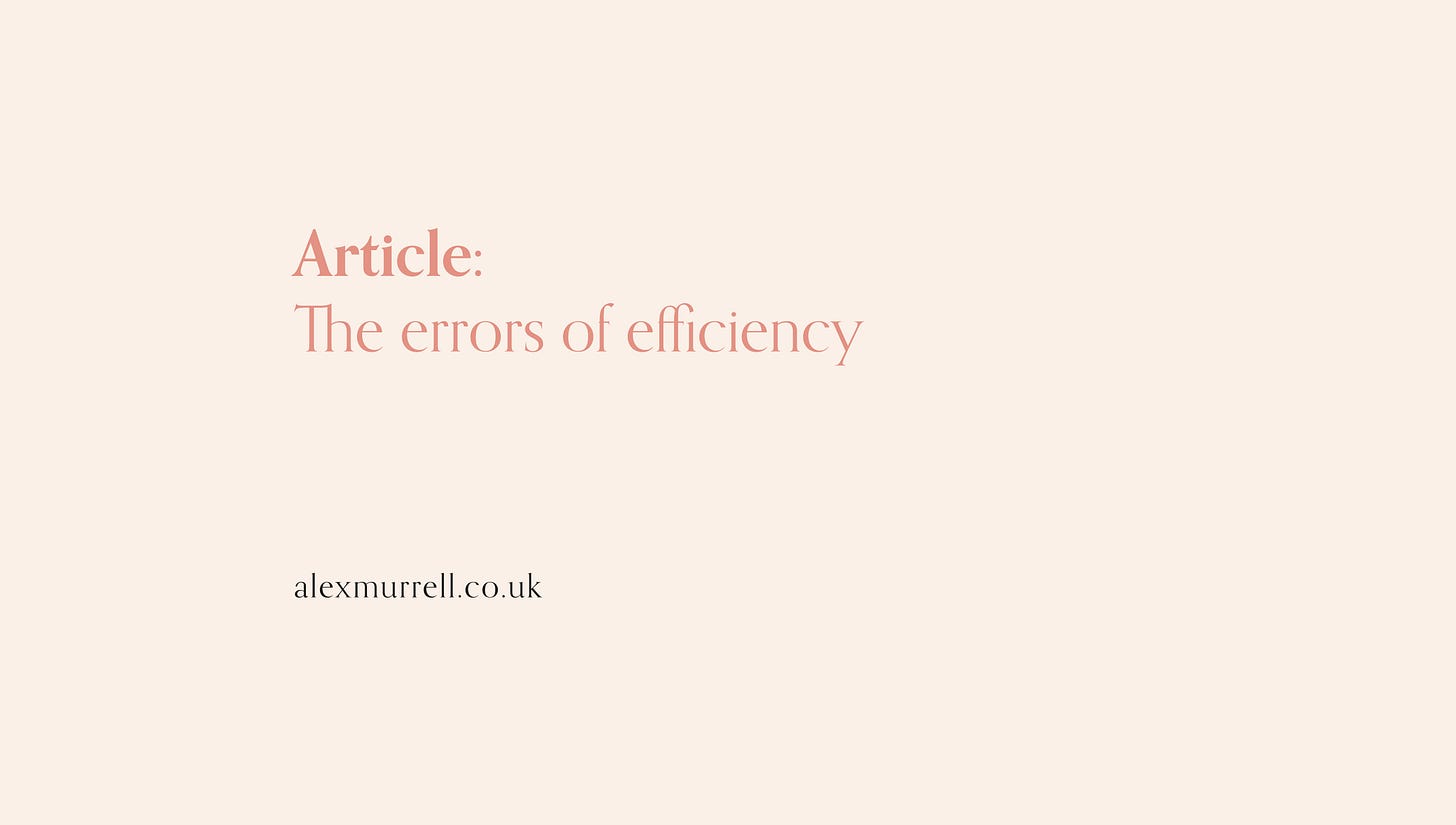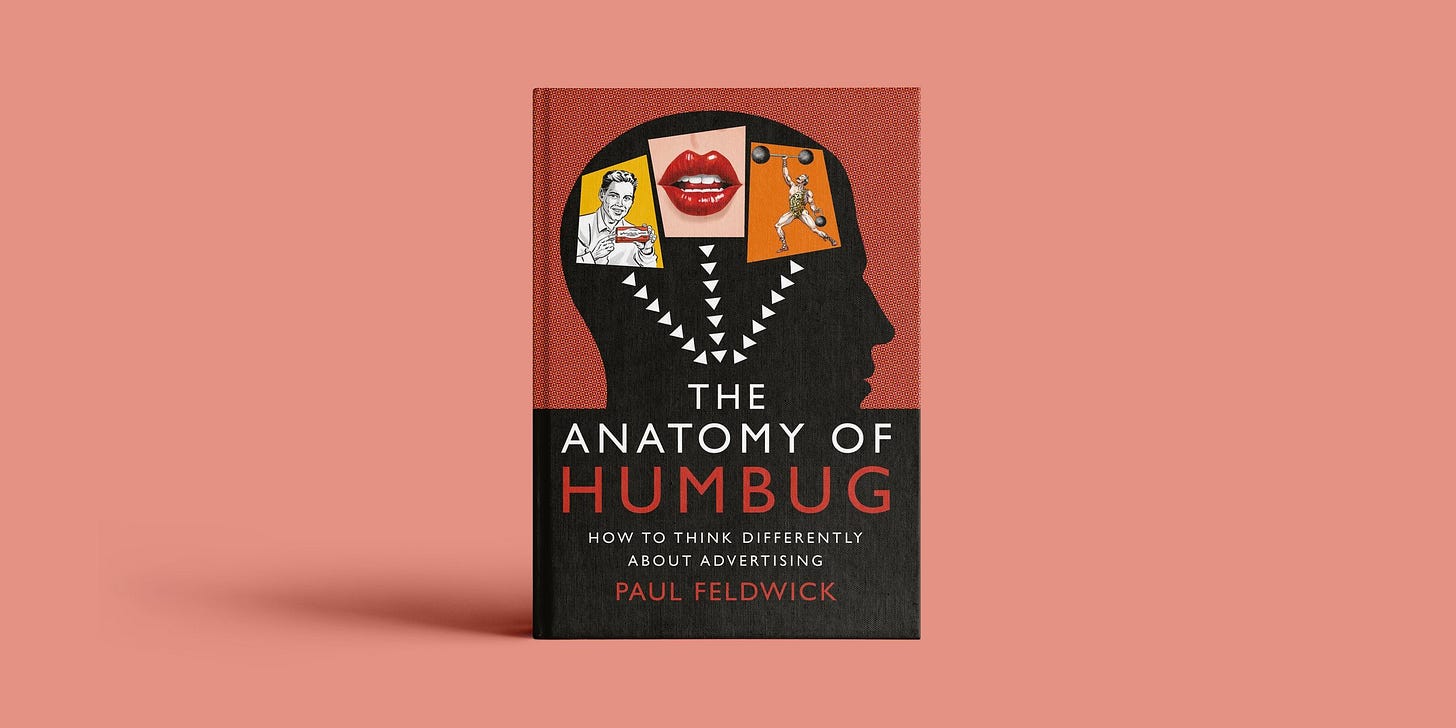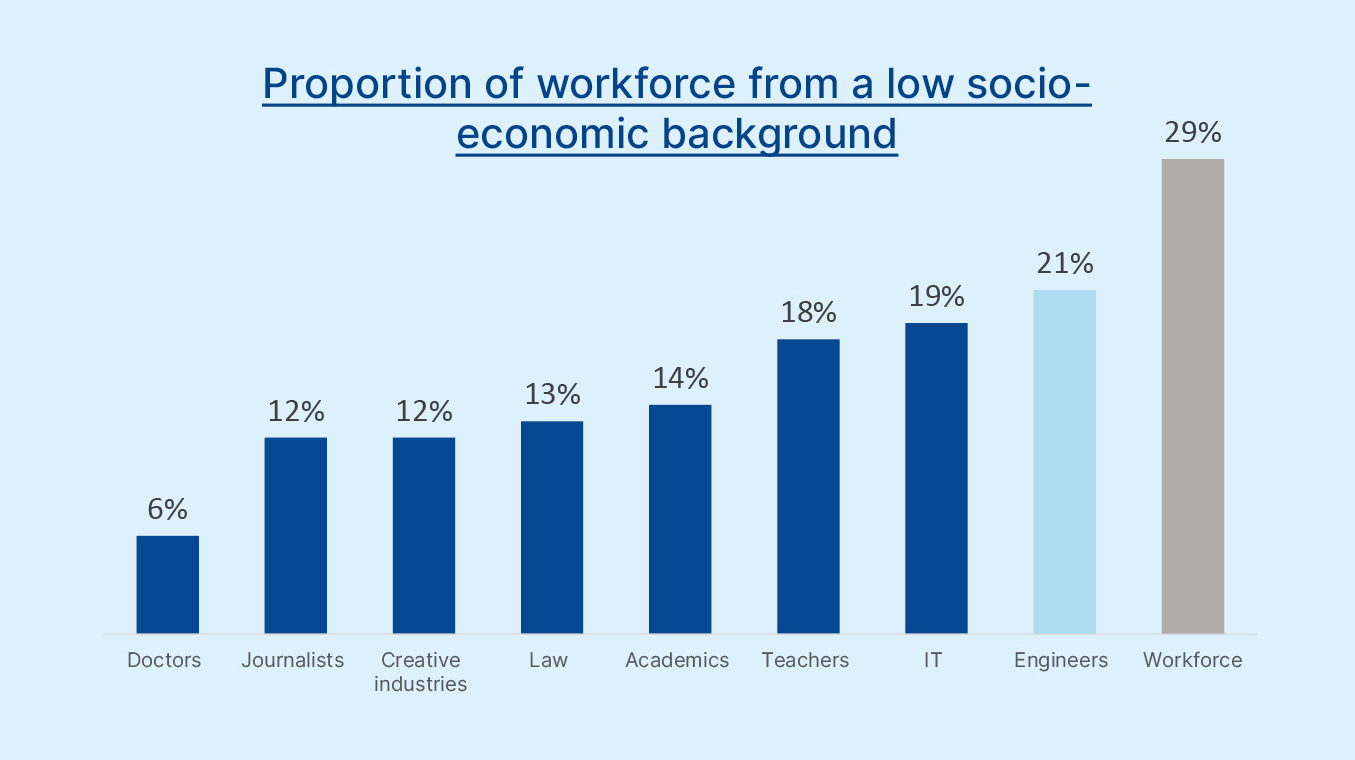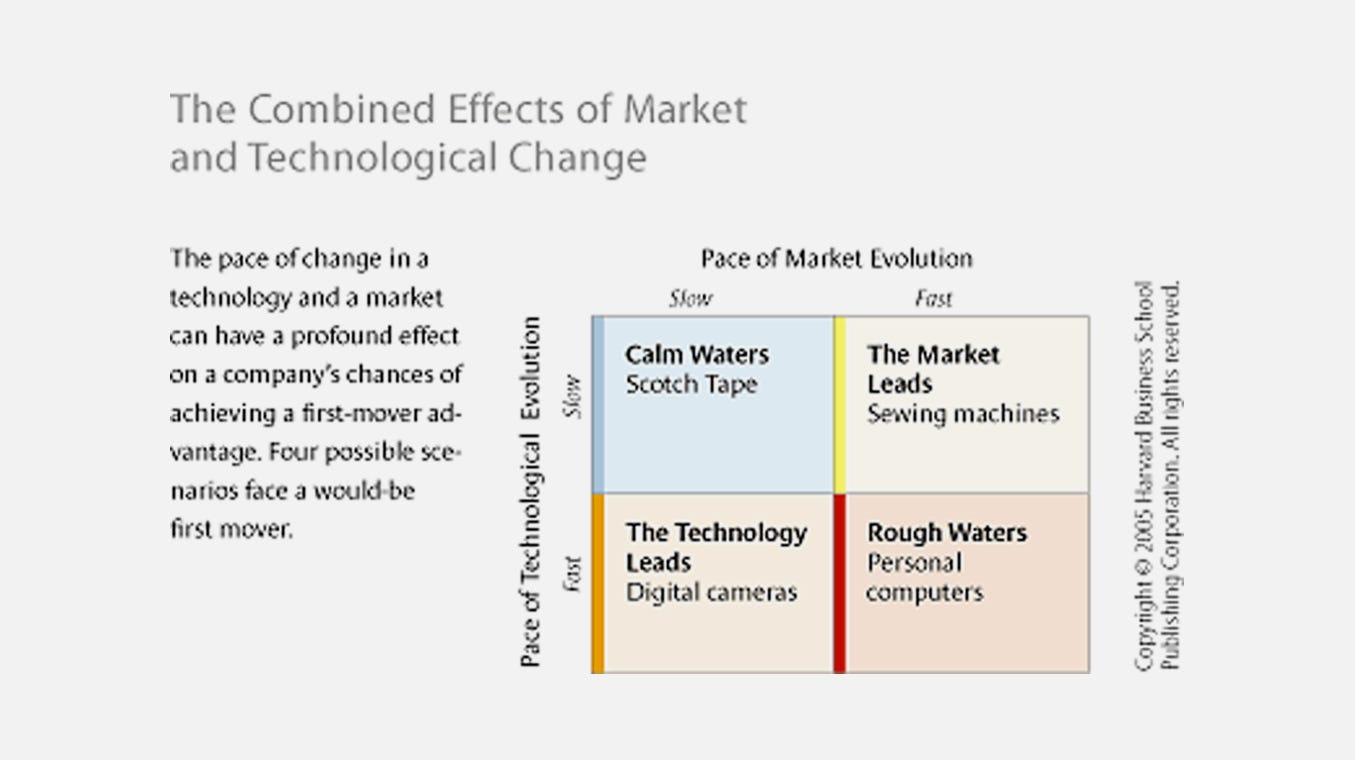Alex Murrell: Edition #004
Welcome
Welcome to Edition #004 of Strategy Made Simple.
This newsletter captures everything I've written, and the best things I've read, in the first three months of the year.
So, without further ado…
Articles
The errors of efficiency
To make a big impact, we need a big idea. In brand communications, coveting the ‘big idea’ is commonplace. We look for them. Long for them. Laud them and lionise them. And yet, despite its ubiquitous use, the ‘big idea’ remains incredibly ill-defined. This article is an attempt to change that. It argues that ‘big ideas’ are ‘big’ because they spread in three directions. They go long, spreading across campaigns. They go wide, spreading across channels. And they go far, spreading across countries.
My previous article, The Errors of Efficiency, is now my most read article ever. Thanks to everyone who has taken the time to read and share it!
Summaries
The Anatomy of Humbug by Paul Feldwick
In The Anatomy of Humbug, Paul Feldwick outlines six theories of how advertising works: Salesmanship, seduction, salience, social connection, spin, showbiz. Read my summary of all six here.
Richard Rumelt is Professor of Business & Society at UCLA. In 2011 his book Good Strategy Bad Strategy brought clarity to the theory of strategy and illustrated it with practical examples. You can find my summary of the book's central themes here.
If you want something even more succinct, below is The Anatomy of Humbug summarised in six bullet points.
Thank you to the reader who wrote in to point out that I haven't yet summarised any industry books by women. I'll be righting that wrong over the coming months.
Links
Here’s some of the best articles that I read over the last few months.
The Brand Lighthouse Effect
New research from MountainView found that marketers are almost twice as likely to correctly recall a brand following an ad exposure than consumers are. This supports the argument I laid out in Adland is an Island, that those who work in marketing are nothing like those that do not.
Bridging the gap
The article referenced above, Adland is an Island, covered how worryingly unrepresentative the marketing and advertising industry is to the audience it serves. A new report from the Sutton Trust called Bridging the Gap adds more fuel to the fire. In the UK workforce, 29% of all workers come from a low social-economic background. But in the creative industries that figure is just 12%. How are we supposed to create work that resonates with a mass audience when we are so different from them?
Feeling Seen
System 1 Research tested 30 inclusive adverts with a panel of 10,000 British consumers to test whether diverse advertising is more effective. Among their database of all UK TV ads (left column), only 17% scored 3, 4 or 5 stars (yellow and green). In the sample of diverse adverts (middle column), this figure rises to 53%. And when the diverse ads were tested only on a diverse audience (right column), the figure rises again to 70%. In short, diverse ads perform a bit better with everyone and much better with the audiences they represent.
The Half-Truth of First-Mover Advantage
Strategists often refer to the “first mover advantage” as if it’s an inarguable rule of business. But it isn’t hard to think of examples of companies who found success whilst not being first to market. Research by Fernando F. Suarez and Gianvito Lanzolla brings some much needed nuance to the discussion. The pair found that a durable first mover advantage is most likely in markets where both technology and consumer expectation evolves slowly. Conversely, the advantage was least likely to last when technology and consumer expectation evolved quickly.
Archive
If you’d like to go back and read previous editions of this newsletter, the first five can be found below:
Over and out
Thank you once again for subscribing to this newsletter. If you enjoyed the edition, feel free to share it with anyone who may find it valuable. You can also follow me on social to get more frequent updates. All the links can be found on my website.
As always, please do let me know if you have any feedback. I always love to hear from you.
Until next time,
Alex










